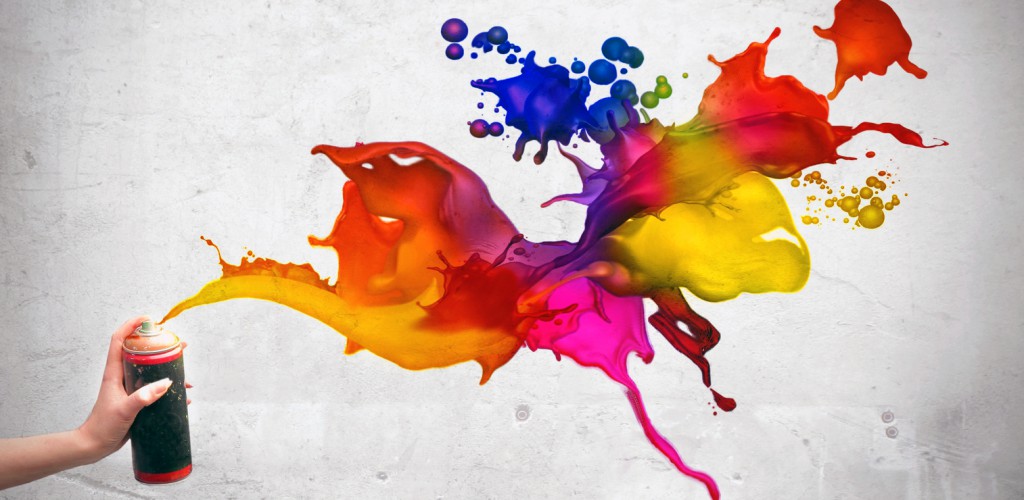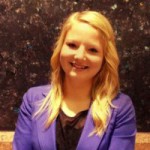Before the previous World Cup, Nike asked its go-to creative agency, Wieden+Kennedy, to create ‘something that’s never been seen before and never been done before.’ No pressure, right? What sounds like an overwhelming statement at first, has now become the industry norm.
Creativity and innovation are not only critical in the public relations and marketing profession – they are vital to generating ideas that can differentiate a brand or an organization from a million others.

But what is the key to continuous inspiration – is there even one? Is it as simple as reading magazines, researching industry trends and talking to as many people as you can? Or is it about being awake, taking things in and experiencing life?
I consider myself a creator and love my profession, yet, sequentially having to come up with new concepts, innovative solutions and BIG ideas ads pressure. I do love the challenge but at the same time, it’s worth exploring how one finds continuous inspiration after having been in the industry for a few or even many years.
On my journey to endless imagination and artistry, I asked five leaders in the industry to share some of the secrets that keep their creative juices flowing:
David Bruce, Senior Director of Brand and Integrated Marketing at Major League Soccer
“I believe pretty firmly that inspiration is everywhere; it could come it the biggest or the smallest form. To me, the most crucial factor in being inspired is not closing yourself off to anything – not coming to judgments. A lot of my energy comes from the city I live in and the sources of inspiration it offers. Living in a city such as New York, gives you this rich tapestry – this energy – gives you this vibrancy. To me, that doesn’t necessarily mean having to go to a show, seeing an art gallery. It’s just walking around the streets having my music on, listening to a podcast and observing things around me. You see street graffiti and kids acting in a cult-like way. Here, they are all part of a small collective and express themselves a certain way, whether it’s through music, with art or how they dress. Every part of the city has its own style and sensibility. Chinatown is different from the Lower East Side, Midtown or East Village. That energy you get from experiencing those various communities and how different they are offers endless inspiration. It gives me direction.
I also enjoy experiencing cuisines from different cultures, seeing how a restaurant creates an experience from start to end: How you enter, how they greet you, what the waiters and waitresses are wearing, looking at the different types of menus, how everything is staged, what music is playing in the background, how you leave – all that, for me, is fascinating. You also see it in hotels, or when getting on and off an airline; it’s the small and unexpected things, the attention that people pay toward certain elements of an experience. I try to remember those things and create a memory log of things that I can regurgitate when I need to.”
Janet Froelich, Former Creative Director of the New York Times Magazine and Real Simple
“I think that a lot of what you do when you problem solve in an area that you’ve worked in for a very long time, is you feed off of it. It’s like a language that you learn so well, that you can use it without thinking about it any longer. You can structure new ideas by examining the nature of the problem. That also means, working off and with other people. I strongly believe that creativity is often collaborative. No matter which field you go into, you will work with other people. Today, I was reading an article in the paper, about how different Paul McCartney and John Lennon were. John Lennon was more of a wild spirit and undisciplined in his approach whereas Paul McCartney was very structured. They played off each other, sometimes battling it out, but often coming up with a much better solution than either of them would have had alone. So, some of it is about collaboration, learning to work with other people, developing a strong team, and understanding the nature of a problem solving in your specific discipline. The more you solve those problems often, the better you get.”
Check back on Monday for part two featuring Nicole Dobrzynski (Global Football Brand Manager at Nike), Tony Telloni (Managing Director at Golin NYC) and Ben Roth (SVP Creative at MKTG Inc).
 Helma von Zadow works with the Brand and Integrated Marketing team at Major League Soccer and is a member of the PRSA New York Chapter. She served on the 2013-2014 PRSSA National Committee as vice president of professional development. Connect with her on LinkedIn or Twitter.
Helma von Zadow works with the Brand and Integrated Marketing team at Major League Soccer and is a member of the PRSA New York Chapter. She served on the 2013-2014 PRSSA National Committee as vice president of professional development. Connect with her on LinkedIn or Twitter.
